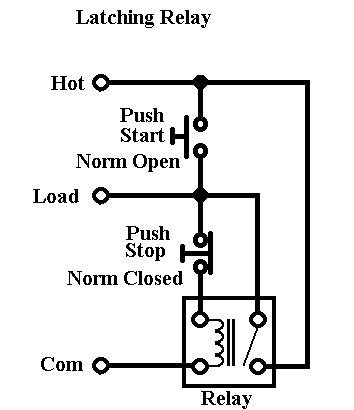I have a tricky situation, that when a fault is detected by one of two safety uC, the system needs to be shut down and also the power supply, that powers the system. A restart can be triggered from the outside by a additional SBC.
So here is a schematic, that describes the system on a high level:

simulate this circuit – Schematic created using CircuitLab
At startup, the SBC gives a puls (1s maybe) that should trigger a relay (can also be in this logic board), this should activate the power supply and the relay for L should be self retaining from the logic after startup. There are two circuits with uC powerered from two independent buck converter and if one uC detects a fault, the system should turn off by triggering somehow this relay at the input (it might be 2 relays, since no single point of failure and also the OR gate below should be somehow two independent optocouplers).
The logic should be fully in hardware and no uC can be used. Any ideas on how to achieve that?
Edit: One thing that came to my mind is the following circuit, but I don't like the single logic from the SBC:


